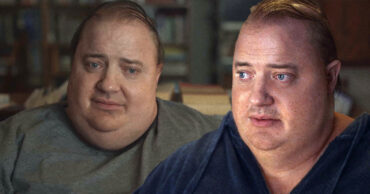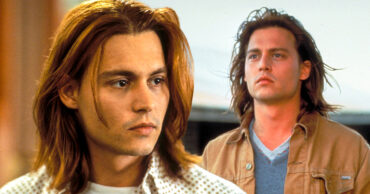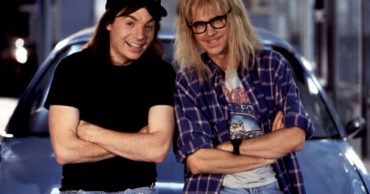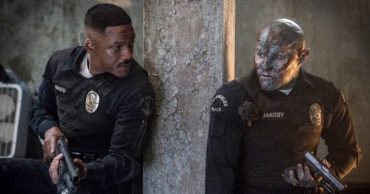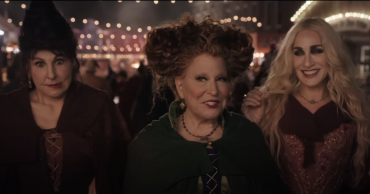
One of the most popular explanations that would be used to describe why water is sprayed on the ground for filming has to do with lighting. It’s easy to see the difference in brightness between a wet street and a dry street, as the light tends to hit each in a very different way. Where a dry street will appear kind of flat and unimpressive when filming, a wet street will appear glossy and offer up an impressive amount of shine that tends to look better on film. This is just one of the many tricks that are used when it comes to filming and to be realistic it’s been debate a bit throughout the years since many people have given a lot of different reasons as to why it happens. But for the most part, it has to do with lighting and how it will affect the scene. Some might look at this and state that it shouldn’t really matter since a dry street will appear more realistic while a watered-down street might be great for a certain effect but will usually only be useful if it’s being used to show off the setting and how it might look after a moderate to strong rainfall. In other words, it’s a very practical effect that has its time and place, but some folks tend to use it in order to enhance the scene and make it look a little more impressive.
There are a lot of different things that are done to improve a shot while filming and a good number of them would likely never be done under normal circumstances, but when it comes to filming and how a camera can pick up certain surfaces in one light or another there are a lot of tricks that people have learned how to utilize in the business when it comes to getting the best possible outcome. To quite a few people the tricks of the trade, so to speak, might not make a whole lot of sense at times and they might even be disputed by people that have been there and done that, but in some cases, it does make a huge difference, while in others it might make things appear a little unreal and possibly kind of hokey. After all, many streets won’t give up a great shine as they do in some productions unless they’ve just been rained on, which means that seeing this in a movie makes it feel less realistic and a lot more contrived than it needs to be. It might be a nitpick, but there are a lot of times when the tricks of the trade are more of a distraction than a help.
Of course, some folks might disagree and like the way that the light hits certain surfaces in the movies, so it’s a subjective practice at best. Some will enjoy it, some won’t care for it, and some just don’t care since they focus more on the movie than on the overall setting. Cynical as that might sound it’s the absolute truth since there are many upon many viewers that don’t really care much about how things get made, but only care that they can enjoy the story and the setting that helps to make it. Those that nitpick about the setting though do want to see something great and in some cases something realistic or at least something that might be deemed as impressive. Watering down a surface can help against the glare as well, and in some cases, this is needed when filming outside during certain times of the day since while darkness can defeat a camera shot and make it look less impressive, a severe glare can overwhelm everything and make a shot look washed out and not at all appealing. It really depends on what the director is going for when it comes to how a set will be treated, but watering down a set is actually pretty common practice. It’s amusing, but once the tricks of the movies are revealed they tend to become a little less impressive since now a person knows how they work, what goes into them, and why they’re not quite as complicated as they might first appear.
The trick with that however is to not let what you learn ruin the movie experience for you. There’s still plenty of room for wonder and for excitement, even if one happens to know just why certain things appear the way they do and how things are put together in a movie in order to make it all come together. Watering various surfaces is a practice that has been around for a while, and it’s bound to continue since it does help the lighting and in some cases, it does help with realism. But at least now you know why it’s typically done.
 Follow Us
Follow Us
